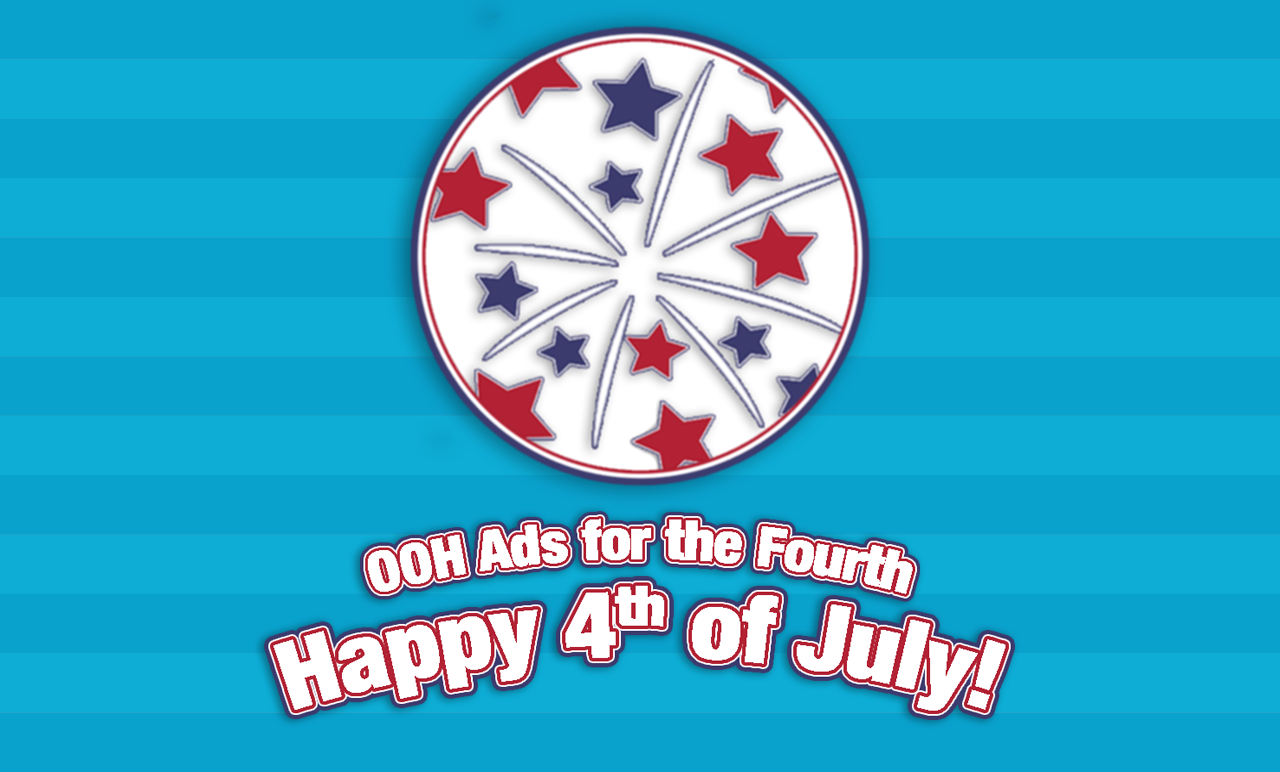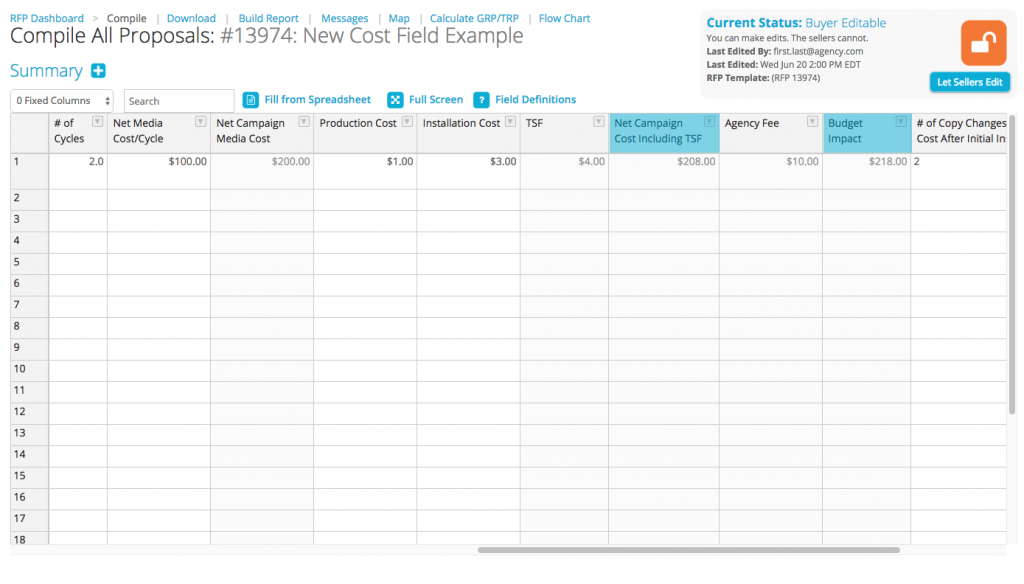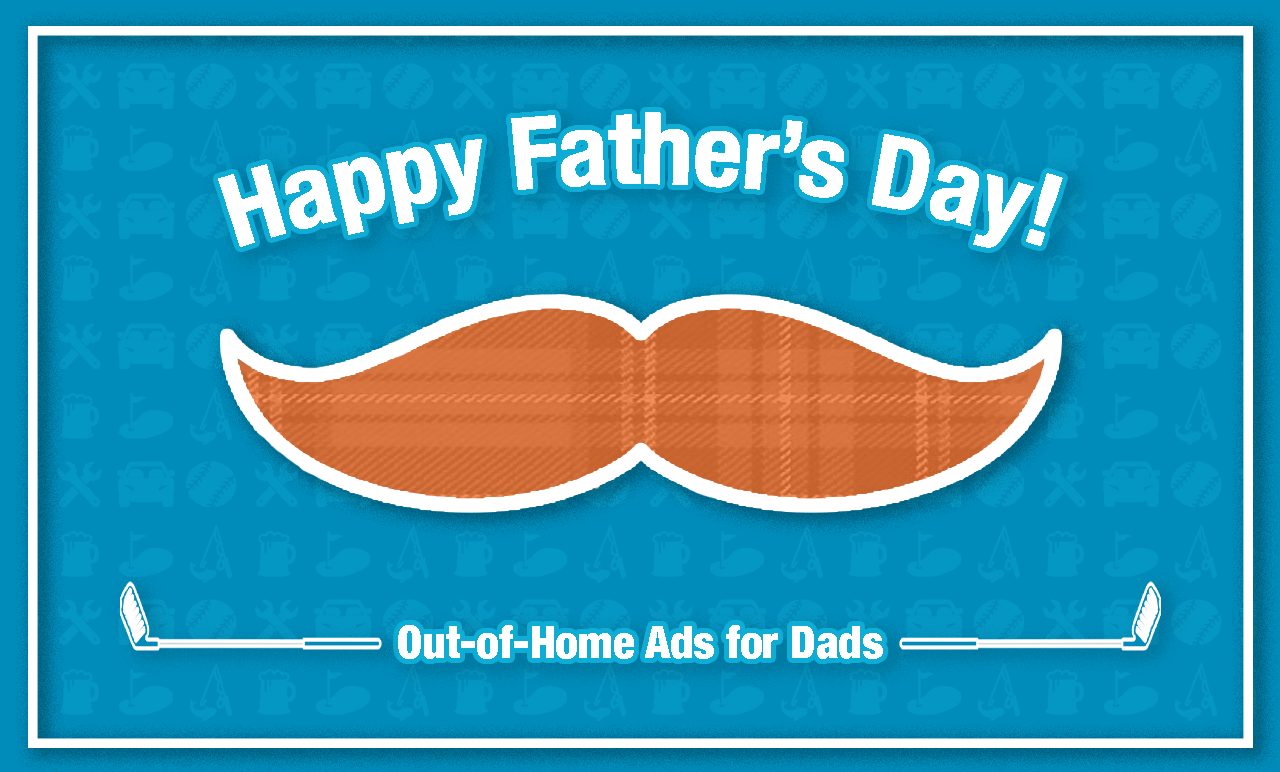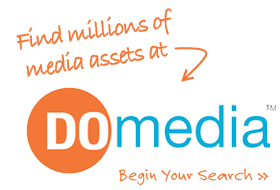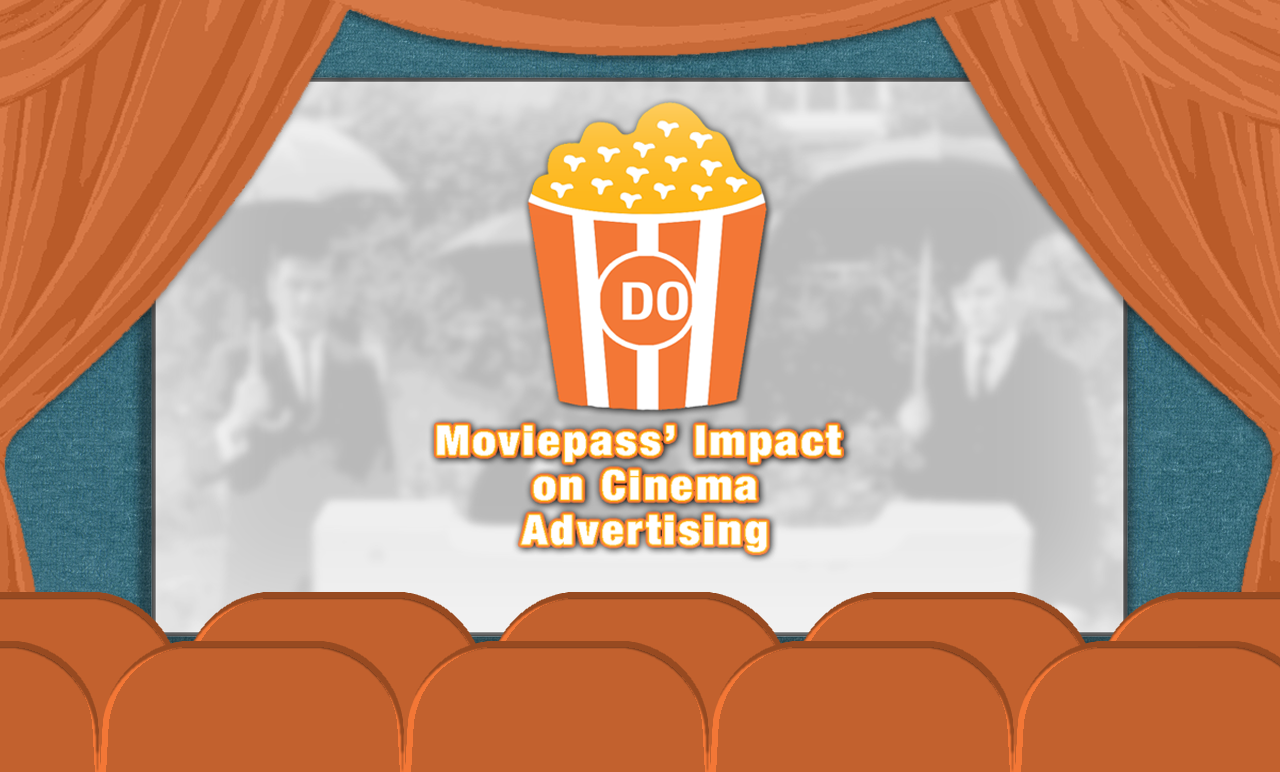
Founded in 2011, Moviepass is threatening to radically change the way movies are consumed. Moviepass is a subscription service that covers moviegoers’ admission to almost any movie, at any theater, for a low monthly rate. Although cinema subscription services are already relatively popular in Europe, Moviepass is the first serious entrant into the US market. This post will take a closer look at Moviepass’ efforts to liberate the silver screen, and attempt to determine what its success, or failure, could mean to the OOH industry.
Offerings & Environment
If successful, Moviepass will be disrupting a well-established industry that has grossed over 115 billion dollars of revenue over the past ten years. An MPAA report exhibits the sheer size of the US cinema market and concludes that it is made up of about 36 million avid moviegoers and nearly 246 million casual moviegoers. Eating up a sizeable portion of this market will be Moviepass’ greatest challenge.
The introduction of Mitch Lowe, a former Netflix executive, as CEO in 2016 was certainly a step in the right direction. After his installation Moviepass’ offerings changed dramatically. The monthly price of an unlimited subscription was lowered to a $9.95 a month, costing only 97¢ more than the average movie ticket in 2017. Additionally, a $7.95 subscription was added in February (2018) that limits moviegoers to three movies a month. These changes have since caused Moviepass to become the “fastest growing paid-entertainment subscription company in history,” signing up over 90,000 users a week.
In addition to providing a consumer subscription, Moviepass is also looking to be a leader in data analytics. Its majority shareholder is the New York-based data analytics firm, Helios & Matheson. Eventually, Moviepass hopes to use the massive amount of data it collects from its millions of subscribers to help marketers place more relevant ads. For this to become a reality the company will need to achieve greater success. Moviepass will need to reach more moviegoers in a more profitable way and continue to push itself to make a noticeable impact on the cinema industry.
Impact on Cinemas & the Silver Screen
Currently, Moviepass boasts over 2 million subscribers and claims to be purchasing around 3% of the US domestic box office. By years end, the company hopes to have signed up around 5 million members and be purchasing around 9% of the box office. Moviepass is bringing more people to the movies, largely between the ages of 18-34, more often. One report even noted that 82% of Moviepass users surveyed said that they often go to movies they would otherwise skip because of the service.
Although some theaters are pushing back (AMC vs. Moviepass), many are seeing the benefits of the service. Moviepass is improving ticket sales, facilitating pre-show advertising, and creating greater demand for lesser-known films as well as highly anticipated blockbusters. With domestic movie attendance hitting a 25-year low in 2017, and ticket prices increasing over 50% since 2002 Moviepass is finding ways to solve both consumers and theaters problems through the use of one single solution. Although the sustainability of the company may be called into question, the utility of the business remains steadfast.
Impact on Cinema Advertising
Cinema advertising is a truly powerful form of OOH. Cinema ads allow marketers to reach captive audiences with messages that are often more involved, and ultimately more memorable than other forms of advertising. The result of this is that cinema ads often compete for the highest ROI of any ad format. Lately, the medium has been so successful that many industry experts project that cinema advertising will nearly be a billion dollar industry by 2021.
Moviepass’ offering could influence further growth within the industry. Moviepass is doing more than driving additional sales and attracting increasingly larger audiences to theaters nationwide. The movie mogul is also collecting massive amounts of consumer data that could be of serious benefit to cinema advertisers who want to better understand their audiences. Moviepass reselling audience data means that they have done more than just found a way to make money. By providing advertisers with valuable information on American consumers, Moviepass has found a way to facilitate the placement of increasingly effective ads.
Now that you know a little more about cinema advertising, and the impact Moviepass could have on it, head on over to DOmedia, host of the largest database of OOH vendors in the US, and start planning your next blockbuster outdoor ad campaign today!
